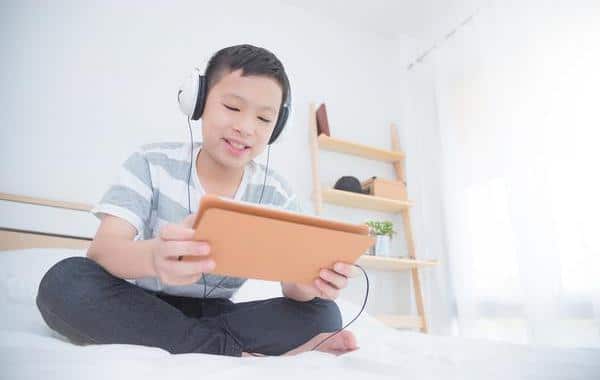The Problems Of YouTube
While some concerns are overblown, others are all too real. YouTube has been criticized, for example, for placing videos in a constant stream that can stray into bizarre areas if you let the videos run. There’s also problems with “trolling,” where people will insert disturbing imagery into children’s videos, and content that may not be explicitly violent or sexual but may still be inappropriate for kids to watch on their own. Kids researching the flu, for example, may come across footage of disease epidemics or surgical videos.
Use The Right App
There are two YouTube apps. The first app, simply called YouTube, offers access to the full content of the site. The second app, YouTube Kids, offers a more curated experience. Both offer on-site parental controls; YouTube will let you enable “Restricted Mode,” which will hide some objectionable content. However, this will need to be enabled on a per-account basis, and it’s only one filter run by the site. “Objectionable” is also something of a grey area; what YouTube considers unobjectionable may not meet your criteria, and you’ll only learn about it once the video pops up.
YouTube Kids offers better controls. It lets you lock search, set a timer, turn off suggested videos to prevent the “YouTube rabbit hole” of users obsessively watching videos all day, and will let you block videos. However, the video is more aimed at younger children and may prevent searching for legitimate, if troubling, content such as war footage or speeches from historical villains kids may be asked to watch for homework.

Use Parental Control Software
Parental control apps offer more specific controls over YouTube. You can block the app during certain times of the day, such as bedtime; you can limit what actions the app can take or block specific accounts or URLs; and you can even lock YouTube altogether.
Be In The Room
Just as important as software, however, is being there for kids when they’re watching any form of video. For example, many people will write off the old cartoons of the ’30s and ’40s as fine for children, but social attitudes have changed substantially in the intervening decades, and what was kid-friendly then may need some explaining from an adult now.
Similarly, some legitimate uses of YouTube really will need a parent in the room. History is a good example. Kids will want to have somebody to talk to when they learn something unpleasant about the past. Even content presented in a child-sensitive manner is going to leave kids with questions.
YouTube can be a useful resource and kids can learn a lot from it. But just like you wouldn’t hand kids the remote and tell them to watch whatever they wanted, it needs tight controls and parental supervision. We can help; to learn more, try Screen Time for free!


Join the conversation